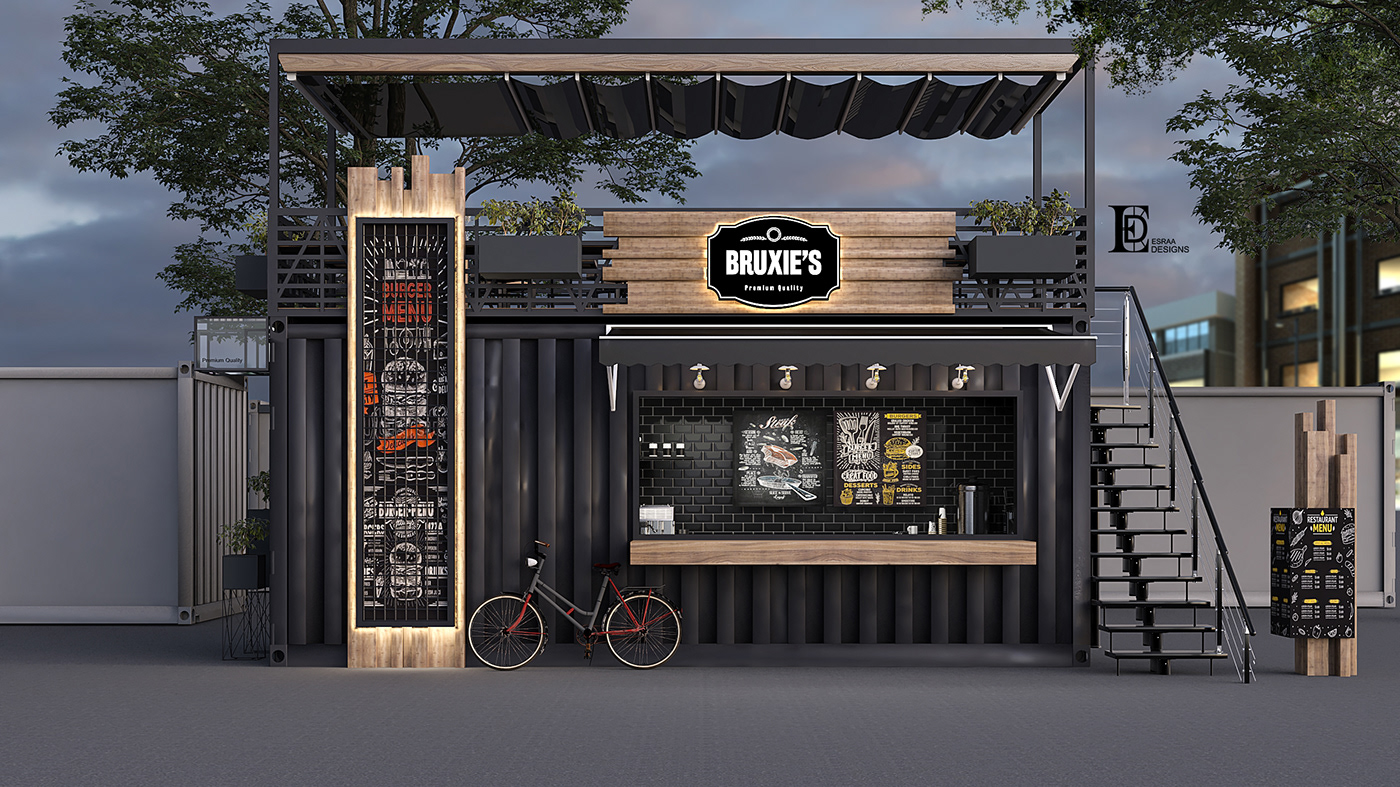The food and beverage industry is evolving rapidly, with entrepreneurs constantly looking for unique, cost-effective ways to attract customers. One of the most innovative concepts gaining momentum is the container restaurant. Built from repurposed shipping containers, these restaurants are stylish, sustainable, and budget-friendly compared to traditional brick-and-mortar establishments.
If you’re considering opening one, you may be wondering how to make your container restaurant both profitable and distinctive. This guide will walk you through everything you need to know from planning and setup to marketing and growth strategies.
Why Choose a Container Restaurant?
Before diving into the “how,” let’s explore the “why.”
Cost-Effective Setup
Building a traditional restaurant involves high construction and rental costs. A container restaurant, on the other hand, uses prefabricated structures that are far more affordable to acquire and customize.
Sustainability
Repurposing shipping containers reduces waste and promotes eco-friendly business practices a selling point for today’s environmentally conscious diners.
Flexibility and Mobility
Containers can be moved or stacked, allowing you to expand or relocate your restaurant as needed.
Unique Aesthetic
The industrial-chic look of a container restaurant is attractive to customers, especially in urban or trendy areas.
Research and Business Planning
Every successful restaurant begins with a solid business plan. Start by researching your target market and location. Ask yourself:
-
Who are my ideal customers?
-
What cuisines or dining experiences are in demand in this area?
-
Who are my competitors, and how can my container restaurant stand out?
Your business plan should include:
-
Concept and menu ideas
-
Startup budget and projected expenses
-
Revenue forecasts
-
Marketing and branding strategies
Choose the Right Location
Location is key to profitability. Since a container restaurant often appeals to urban crowds, consider spots near:
-
Universities or office hubs
-
High foot traffic areas
-
Tourist attractions
-
Food truck parks or outdoor markets
Accessibility and visibility play a huge role in attracting regular customers.
Design and Layout
One of the most exciting aspects of a container restaurant is the design. Containers are modular, meaning you can create different layouts based on your needs:
-
Single Container Setup: Perfect for small cafés, coffee shops, or takeout counters.
-
Multi-Container Restaurant: Stack or connect several containers to create larger dining spaces, kitchens, or outdoor patios.
Key design considerations:
-
Ventilation and insulation to ensure comfort in all seasons.
-
Efficient kitchen layout to maximize limited space.
-
A welcoming, Instagram-worthy exterior to attract passersby.
Handle Legal Requirements
Like any restaurant, a container restaurant must comply with local health, safety, and zoning laws. Steps may include:
-
Registering your business
-
Securing food service permits and licenses
-
Meeting fire safety and sanitation standards
-
Checking zoning restrictions on container structures
Budgeting and Costs
Startup costs for a container restaurant are typically lower than traditional restaurants but still require careful planning. Main expenses include:
-
Shipping container purchase and customization
-
Kitchen equipment
-
Furniture and interior design
-
Licenses and permits
-
Marketing and branding
On average, launching a container restaurant may cost between $20,000–$100,000, depending on size and location significantly less than most traditional establishments.
Your menu is the heart of your restaurant. Since container restaurants often thrive on uniqueness, consider a focused, specialty menu rather than trying to offer everything. For example:
-
Gourmet burgers or tacos
-
Specialty coffee and baked goods
-
Vegan or health-conscious meals
-
Ethnic street food
A well-curated menu ensures quality, reduces waste, and enhances profitability.
Marketing Your Container Restaurant
A container restaurant is inherently eye-catching, but strategic marketing ensures long-term success.
-
Branding: Develop a memorable logo and consistent theme.
-
Social Media: Share photos of your restaurant’s design, menu, and customer experiences.
-
Local SEO: Optimize your website with keywords like “container restaurant near me” to attract local search traffic.
-
Events and Promotions: Host live music, food festivals, or discounts during grand opening.
Word-of-mouth marketing is powerful, so focus on creating a unique dining experience that people want to talk about.
Managing Operations Efficiently
Running a container restaurant requires balancing efficiency with creativity. Some key tips:
-
Train staff to work effectively in compact spaces.
-
Use digital tools for reservations, orders, and inventory.
-
Focus on customer service to build loyalty.
-
Monitor food costs and portion sizes to maintain profitability.
Scale and Expand
Once your container restaurant is profitable, consider scaling your concept:
-
Add more containers to increase seating capacity.
-
Open multiple container restaurants in different neighborhoods.
-
Offer catering services or food delivery.
Because containers are modular, expanding your restaurant is easier compared to traditional construction.
Challenges to Expect
Like any business, a container restaurant comes with challenges:
Limited space can restrict kitchen operations.
Insulation and ventilation require extra investment.
Some areas may have strict zoning laws for container structures.
With the right planning, however, these challenges can be overcome.
Conclusion
Starting a container restaurant is an exciting venture that blends affordability, sustainability, and creativity. By carefully planning your concept, choosing the right location, managing costs, and marketing effectively, you can build a restaurant that not only attracts customers but also generates long-term profits.
The key to success lies in balancing innovation with practicality. With the growing popularity of container restaurants worldwide, now is the perfect time to explore this profitable business model.
